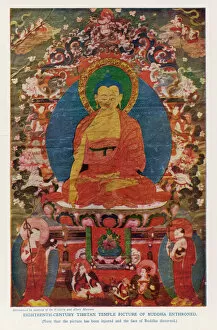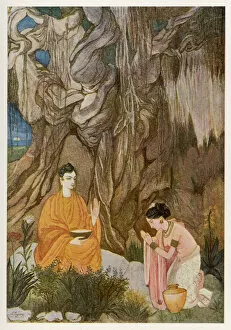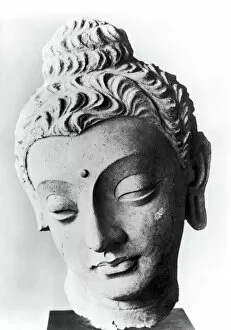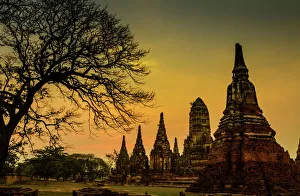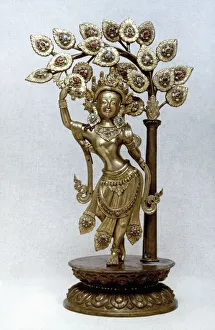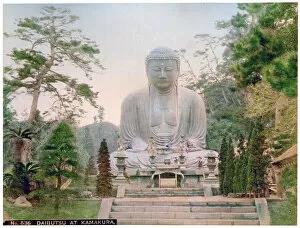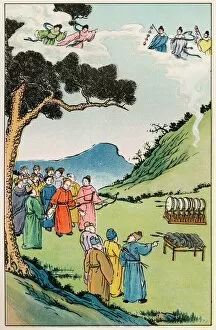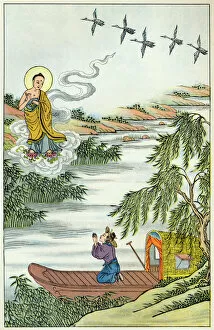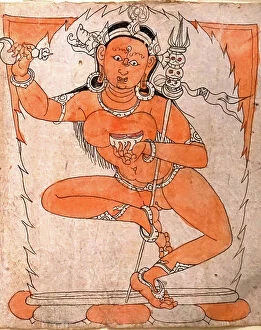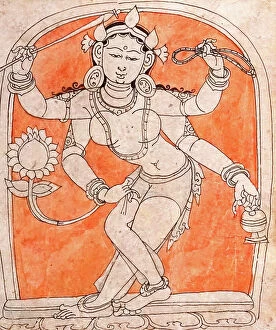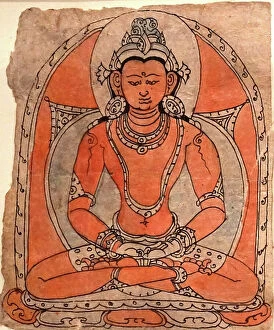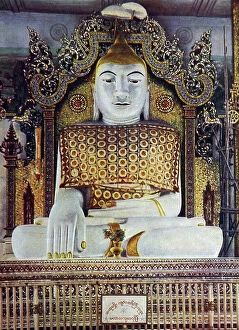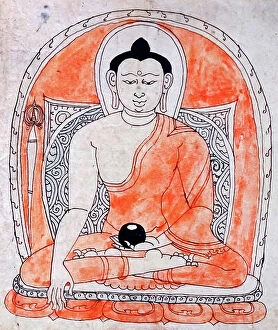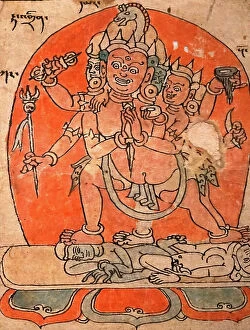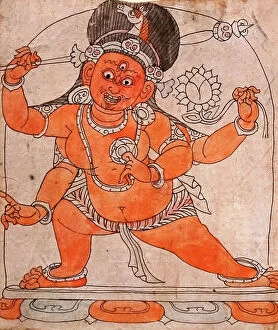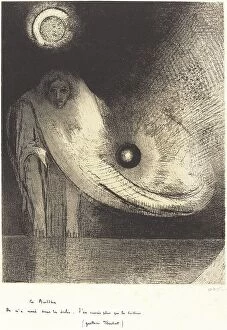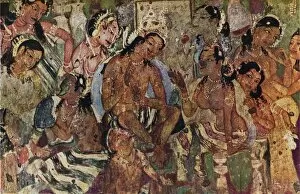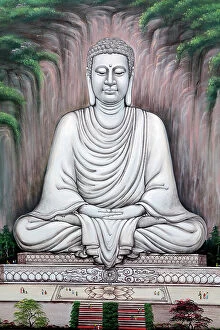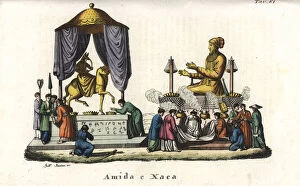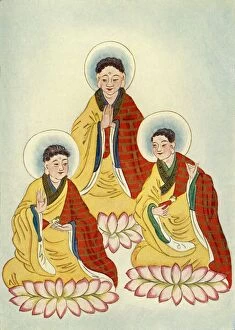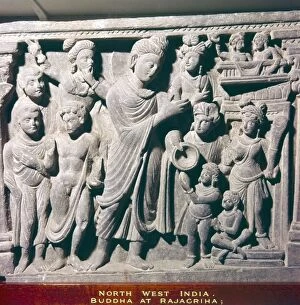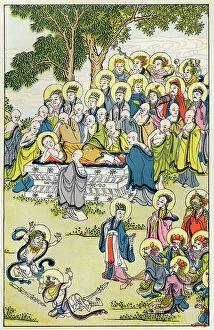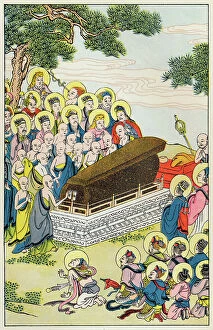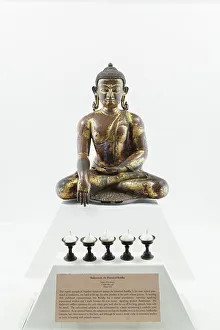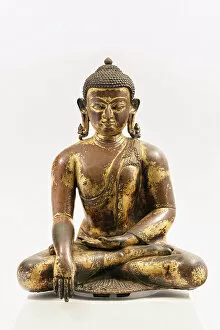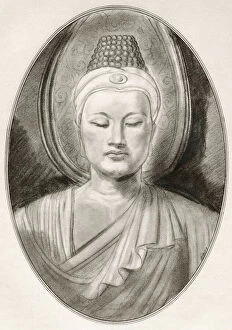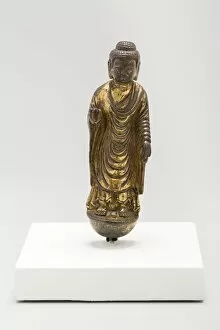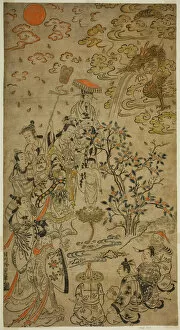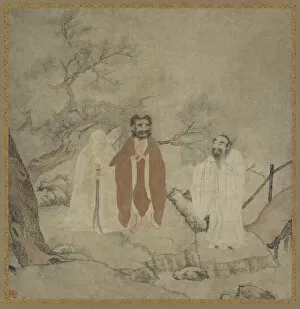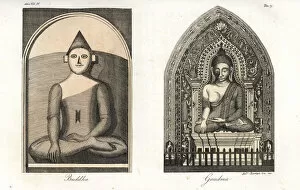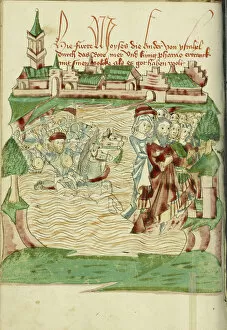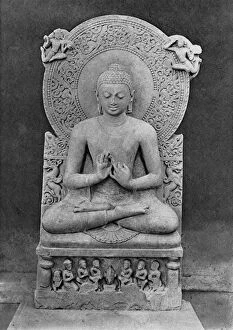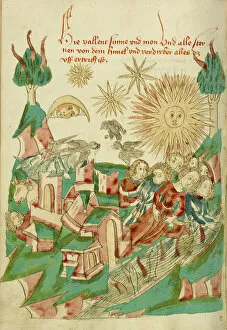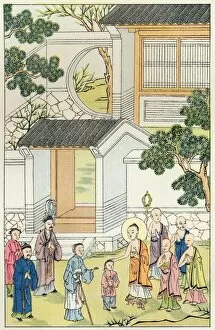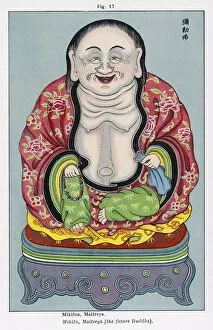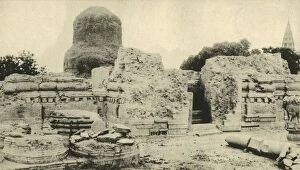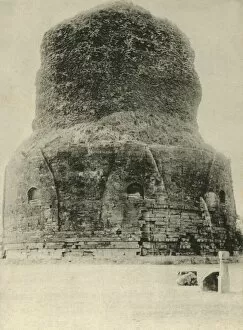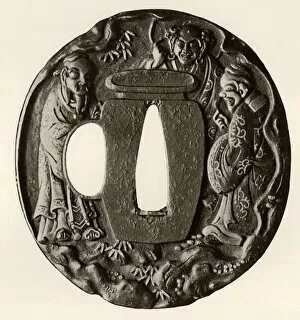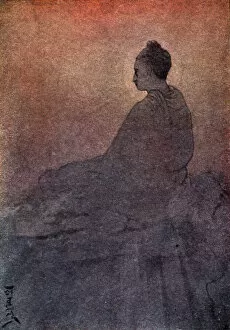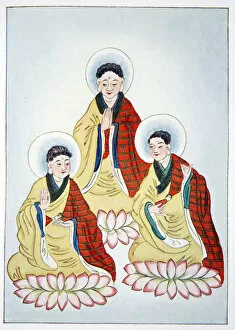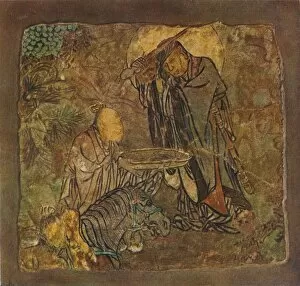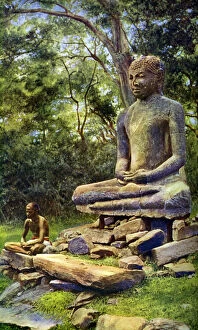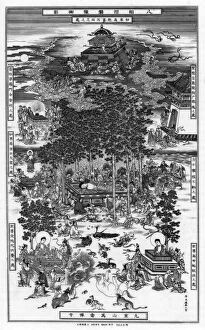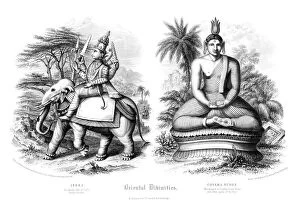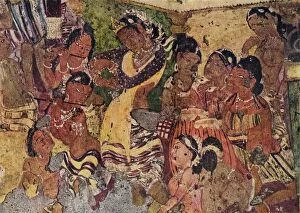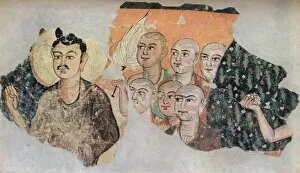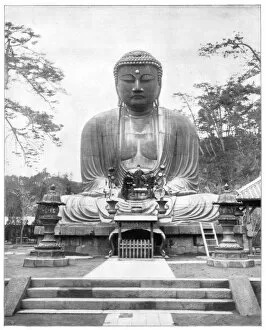Gautama Collection
Gautama, also known as Buddha, was a revered figure in Tibetan Temple culture
For sale as Licensed Images
Choose your image, Select your licence and Download the media
Gautama, also known as Buddha, was a revered figure in Tibetan Temple culture. His teachings and philosophies have had a profound impact on millions of people around the world. The Limestone head from Gandhara showcases his serene expression and serves as a reminder of his wisdom. As the sun sets over the old Temple wat Chaiwatthanaram, one can't help but feel a sense of tranquility that Gautama himself may have experienced during his meditations, and is in moments like these that we can connect with his spiritual journey. The story of Buddha and Sujata highlights Gautama's compassion towards all living beings. This tale reminds us to be kind and understanding towards others, just as he was. In Kamakura, Japan stands the Daibutsu - an awe-inspiring statue depicting Gautama. Its presence evokes a sense of reverence for this enlightened being who walked among us many centuries ago. Queen Maya giving birth to Prince Siddhartha symbolizes the beginning of Gautama's path towards enlightenment. This gilded brass artwork from Nepal captures the momentous event with intricate detail and craftsmanship. Beyond his spiritual teachings, Gautama possessed exceptional archery skills which are depicted in various artworks across different cultures. These portrayals showcase not only his physical prowess but also serve as metaphors for overcoming obstacles in life through focus and discipline. One legendary tale tells how Buddha crossed the Ganges River effortlessly, showcasing his supernatural abilities beyond comprehension. This act demonstrates Gautama's mastery over nature itself. Eventually, every mortal must face death, even someone as enlightened as Buddha did. His passing left behind an indescribable void felt by countless followers who continue to honor him today. Even after death, Gautama's long-dead feet hold significance for devotees worldwide; they represent relics that inspire faith and devotion amongst believers seeking solace or guidance along their own spiritual journeys.

